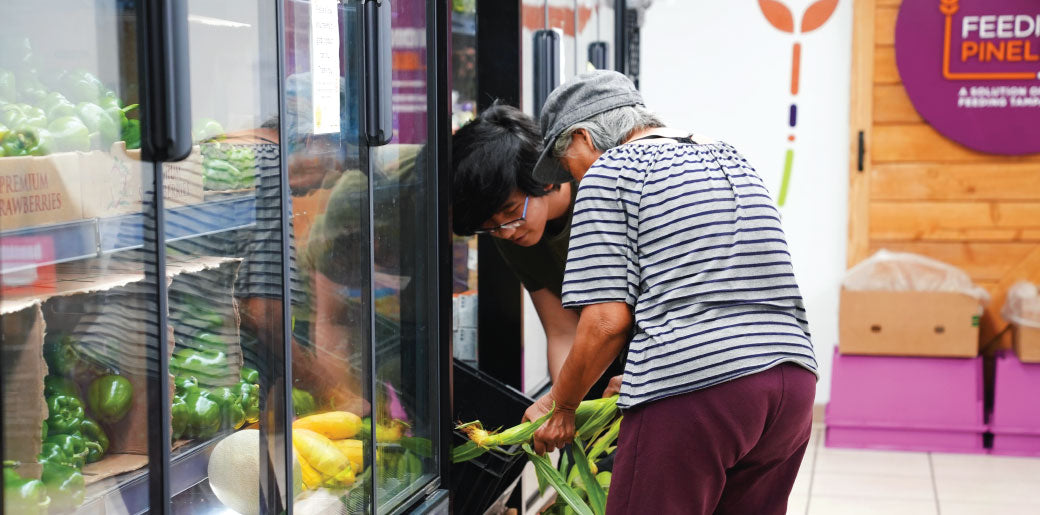
SNAP Benefit Changes Drive Surge at Pinellas County Food Pantries
Share
Just a week after new federal rules went into effect, Pinellas County food pantries are reporting a surge in demand.
Tougher Requirements Create New Barriers
On September 1, updated rules for the Supplemental Nutrition Assistance Program (SNAP) took hold. Adults up to age 64 must now work or volunteer at least 20 hours each week to remain eligible. Parents are only exempt if their children are under seven years old, compared to the previous threshold of 18.
For people like Patricia Butts, a SNAP recipient and volunteer at Love Thy Neighbor, the changes feel like an unfair squeeze.
“The requirements are almost too strict for us. I’m a single person on disability—it’s very hard,” Butts said.
Others with serious health challenges may face losing benefits altogether. Michael Cromwell, who delivers food to residents, described a friend who undergoes dialysis three times a week. “He’s exhausted from medical issues and will never be able to meet the 20-hour rule,” Cromwell explained.
Lines Growing Longer at Local Pantries

The ripple effect is being felt at food pantries across the county.
At Love Thy Neighbor in Pinellas Park, the weekend rush was unlike anything staff had seen before. “We had so many people lined up that the restaurant next door was concerned,” said director Joanne Braccio. “I’ve been here three years and never experienced this volume. It’s going to get worse.”
Good Neighbors, another local nonprofit, is also straining to keep up. “We’re getting more calls, more emails, and more visits,” said organizer Heather Brooke. “We restock our community food box and within hours it’s wiped clean.”
A Policy Measured in Dollars Versus Daily Life
The Congressional Budget Office estimates these stricter requirements could save nearly $187 billion over the next decade. But for families in Pinellas County, the savings come with an immediate human cost: fewer groceries, more hunger, and heavier reliance on community aid.
Community Support Becomes the Safety Net
As demand grows, nonprofit leaders are calling for more donations of both food and funds. Braccio put it plainly: “It takes a village to keep this place going.”
The pressure on local food banks shows no signs of slowing. For thousands of residents, community generosity is now the only buffer against the ripple effects of federal policy.
